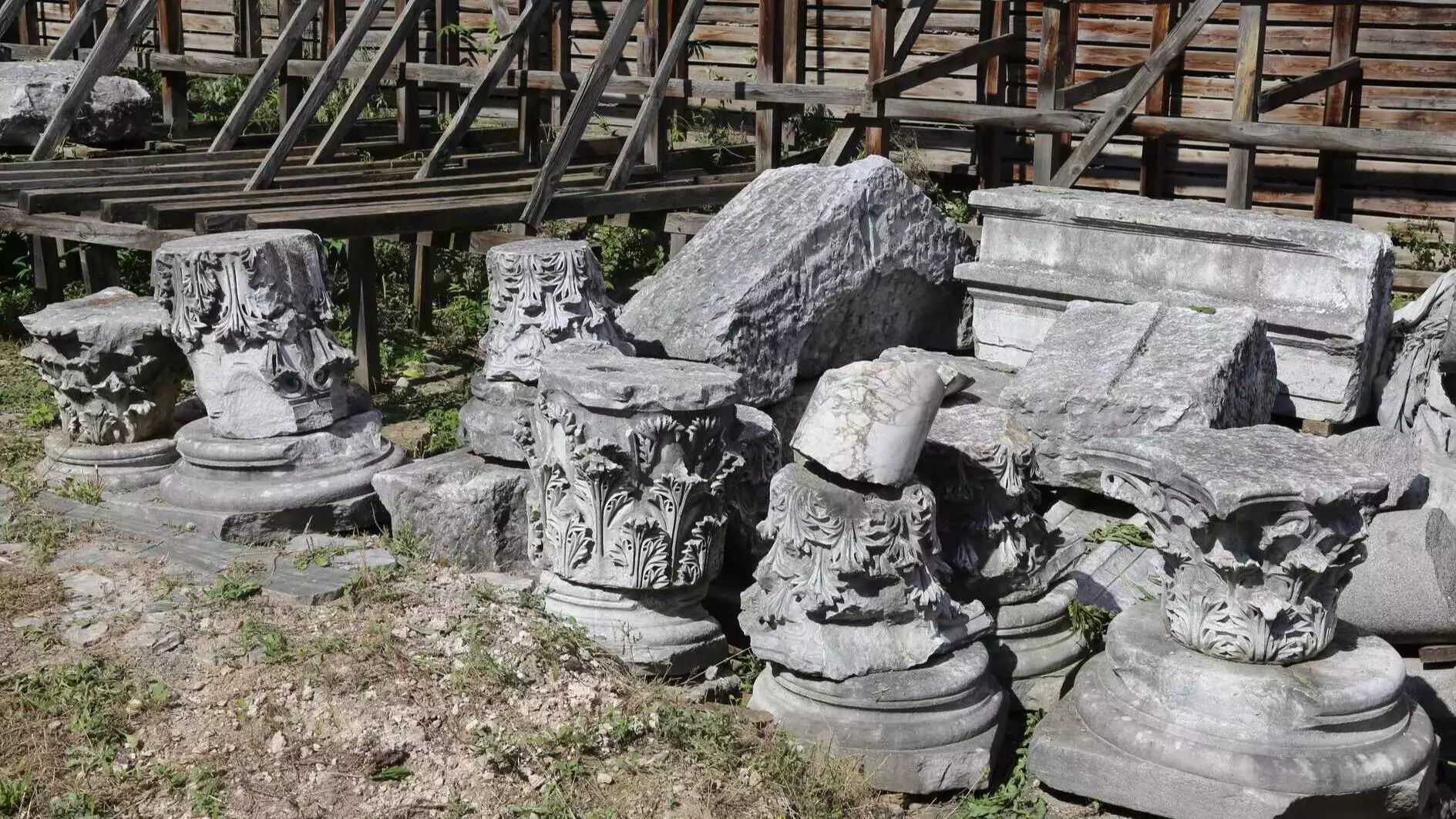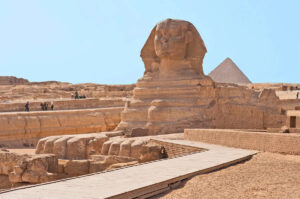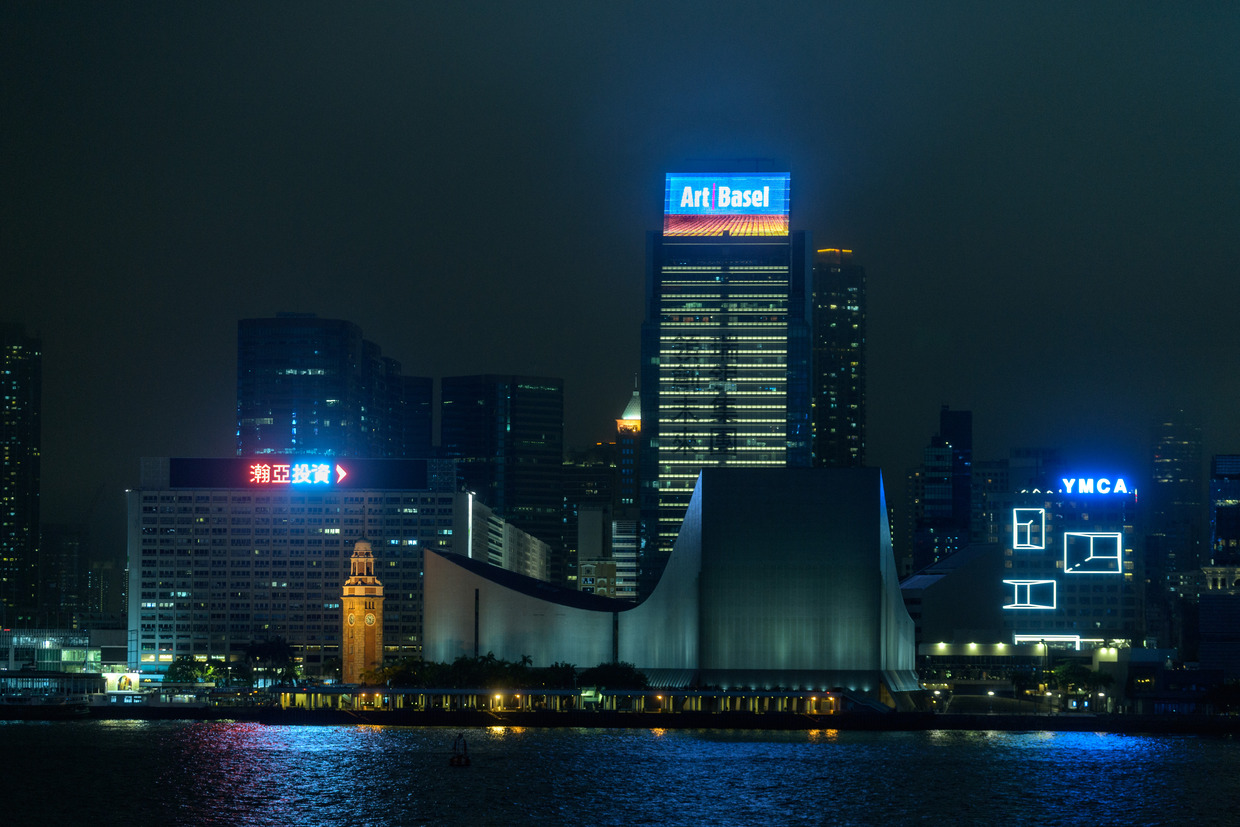The lost city of Nicomedia, which was a part of the Roman Empire, today lies under the northwestern province of Kocaeli rediscovered again at the conference titled “Nicomedia: From the Roman Imperial Capital to the Turkish Industrial Capital,” organized by the İzmit Municipality. Nicomedia ( now İzmit), one of the first metropolitan cities of the Roman Empire, where it was the capital for many years, has been discussed at a conference.
Speaking about the ancient history of İzmit, Professor Tuna Şare Ağtürk said, “It has an incredible strategic location. Especially its port is very important. It maintains its importance as an important city center throughout the ages. Ancient sources mentions Astakoz as the first settlement. Megara people who came from Greece established a colony in Başiskele, in the southern part of the Gulf, in 712 B.C. The first recording starts here. Afterwards, the Hellenistic king Nicomedes founded Nicomedia and becomes the capital of the Hellenistic kingdom. The Bithynia region also becomes part of the Roman Empire. This time, Nicomedia becomes the capital of the Bithynia province. Its real importance begins after it became a part of the Roman Empire.”
She said that there are some surface surveys carried out in Nicomedia and that they draw attention to the archaeological potential in Nicomedia, but unfortunately, no systematic excavations have been carried out there so far.
“Why? Nicomedia lies right below İzmit, where the industrial city was founded. For this reason, systematic excavation has become impossible. Most of the artifacts were unearthed through rescue excavations carried out by the Kocaeli Museum Directorate during modern construction activities,” she added.
3D scans of the lost city
The team has classified the works one by one, made 3D scans, chemically analyzed them and made examinations. In 2016 during rescue excavations the monumental stairs and statues were found. An archaeological plan of the area was made for the first time, which was very important. We saw the area where the statues and relief panels fell was part of the huge two-storey imperial courtyard, which was entered via monumental stairs. This complex was destroyed by an earthquake in the 4th century. No major construction activity has been carried out on it until today.
Ağtürk stated that they made detailed studies on the pigments of the colors on the reliefs and explained: “Analyzes have been made and provided us a lot of data. We can see some colors with the naked eye, but we discovered colors that we cannot see with the naked eye. When we examined it under infrared rays, we saw that the metal objects depicted in the reliefs were actually painted Egyptian blue to imitate metal colors. We carried out chemical analysis on them. Again, there are red emperor cloaks. We know that emperors during this period wore imperial purple. When we first look at it, it looks red to our eyes, but when we look at it with infrared rays, traces of Egyptian blue begin to shine. What happens if you mix red and blue, you get purple?”











